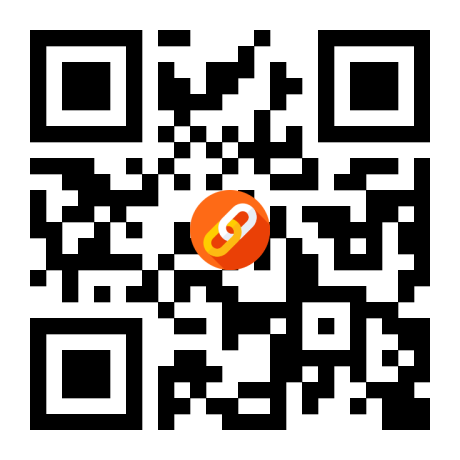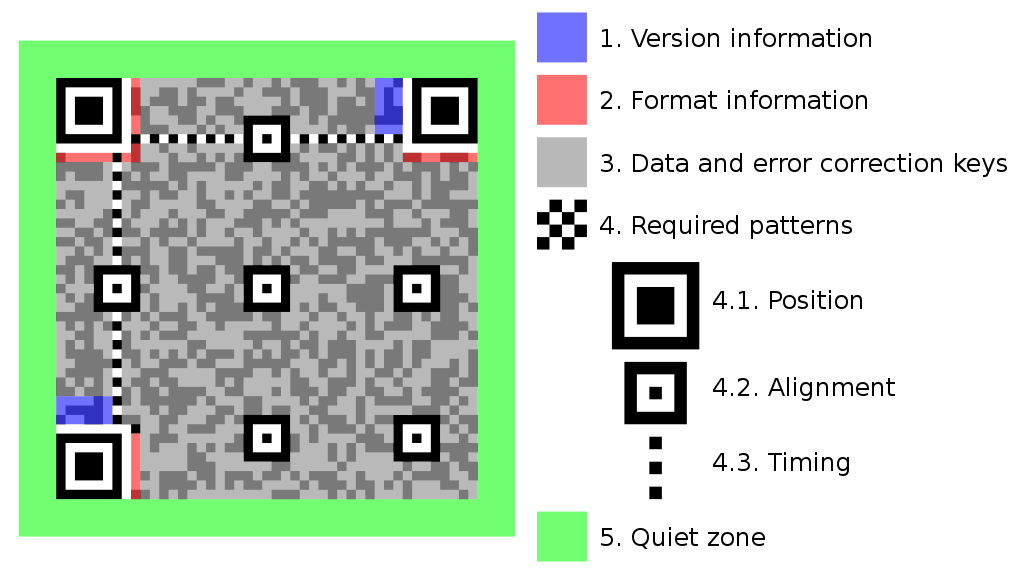How QR Codes Work and How Different Industries are Using Them

Quick Response codes or QR Codes are two-dimensional barcodes that can be scanned using a smartphone camera and a QR code reader app. They are becoming increasingly popular as a way to store and share information quickly and easily.
QR codes were first invented in 1994 by Toyota subsidiary Denso Wave for use in the automotive industry. Since then, their use has expanded to a wide range of industries and applications, including retail, marketing, events, healthcare, transportation, and government.
The purpose of this post is to provide a beginner's guide to QR codes, including an explanation of how they work, examples of how different industries are using them, and tips for creating effective QR codes.
What is a QR code?
 QR codes, or Quick Response codes, are a type of two-dimensional barcode that can be scanned using a smartphone camera and a QR code reader app. They are becoming increasingly popular as a way to store and share information quickly and easily. In this article, we will explore the inner workings of QR codes, from the structure of the code itself to the process of reading it.
QR codes, or Quick Response codes, are a type of two-dimensional barcode that can be scanned using a smartphone camera and a QR code reader app. They are becoming increasingly popular as a way to store and share information quickly and easily. In this article, we will explore the inner workings of QR codes, from the structure of the code itself to the process of reading it.
How do QR codes work?
First, let's take a look at the structure of a QR code. A QR code is made up of small black and white squares arranged in a specific pattern. The pattern of these squares, called modules, is used to store data. The data is encoded into the QR code using a specific error-correction mechanism, which allows the code to be scanned even if it is partially obscured or damaged. This also makes it more durable and resistant to damage.

When a QR code is scanned, the QR code reader app uses the camera of the smartphone to take a picture of the code. The app then analyzes the pattern of the modules in the code, using the error-correction mechanism to ensure that the data can be read correctly. Once the data has been read, the QR code reader app will typically display the information stored in the QR code. This can include website URLs, contact information, or plain text.
QR codes can store a variety of data types and large amount of data, with the help of different encoding modes. For example, a QR code can store a text message, a website URL, a phone number, a calendar event, a location on a map, or even a business card. This versatility makes QR codes a useful tool for a wide range of industries and applications.
In retail and e-commerce, for example, QR codes can be used to provide customers with easy access to product information, reviews, and special deals. In marketing and advertising, QR codes can be used to drive customer engagement and increase conversions. In events and hospitality, QR codes can be used to provide guests with information about the event schedule, speaker bios, and location maps. In healthcare, QR codes can be used to provide patients with easy access to their medical records and test results. In transportation and logistics, QR codes can be used to track packages and shipments. And in government, QR codes can be used to provide citizens with easy access to public services and information.
When it comes to creating effective QR codes, there are a few key things to keep in mind. First, it's important to choose the right data to store in the code. Make sure that the information is relevant and useful to your target audience. Second, design your QR code to be scanned easily on mobile devices. Make sure that the code is large enough to be easily scanned and that the modules are well-defined. Finally, test your QR code before deploying it to make sure that it can be scanned correctly.
How different industries are using QR codes
QR codes have a wide range of use cases across various industries, which makes them a versatile tool for storing and sharing information. Here are some examples of how different industries are using QR codes:
Retail and e-commerce
Retailers are using QR codes in their stores and online shops to provide customers with access to product information, reviews, and special deals. For example, customers can scan a QR code on a product in-store to access customer reviews, or scan a QR code on a product page to access a special sale. QR codes can also be used for inventory tracking and managing sales.
Marketing and Advertising
QR codes are being used in marketing and advertising to drive customer engagement and increase conversions. For example, companies can include QR codes in their print advertisements and billboards, allowing customers to scan the code and be directed to a landing page with more information. QR codes can also be used in email marketing, business cards and brochures for similar purposes.
Events and Hospitality
QR codes are increasingly being used in events and hospitality to provide guests with information about the event schedule, speaker bios, location maps and other useful information. For example, guests can scan a QR code on a conference schedule to access speaker bios and contact information, or scan a QR code on a hotel room key card to access the hotel's amenities and services.
Healthcare
QR codes are being used in healthcare to provide patients with easy access to their medical records and test results. For example, patients can scan a QR code on their medical ID card to access their health records and appointments, or scan a QR code on a test result to access detailed information about the test and the results. This can help patients stay informed and engaged in their healthcare.
Transportation and Logistics
QR codes are being used in transportation and logistics to track packages and shipments. For example, package delivery companies can use QR codes to track the location of a package as it moves through the supply chain, providing real-time information to customers about the status of their delivery.
Government
QR codes are also being used in government to provide citizens with easy access to public services and information. For example, citizens can scan a QR code on a public bulletin board to access the latest news and announcements, or scan a QR code on a government document to access additional information about the document.
These are just a few examples of how different industries are using QR codes. With the ongoing evolution of technology, the possibilities are endless. And industries are continuing to find new ways to leverage the power of QR codes to improve customer experience, streamline operations and gain insights. As QR code technology and usage becomes more widespread, it's likely that we will see them used in even more innovative and impactful ways.
Last words
In conclusion, QR codes are a powerful tool for storing and sharing information quickly and easily. They work by encoding data into a specific pattern of black and white squares, which can be read using a smartphone camera and a QR code reader app. QR codes are versatile and can be used in many different industries and applications. By understanding how QR codes work and following best practices for creating effective codes, you can make the most of this powerful technology.